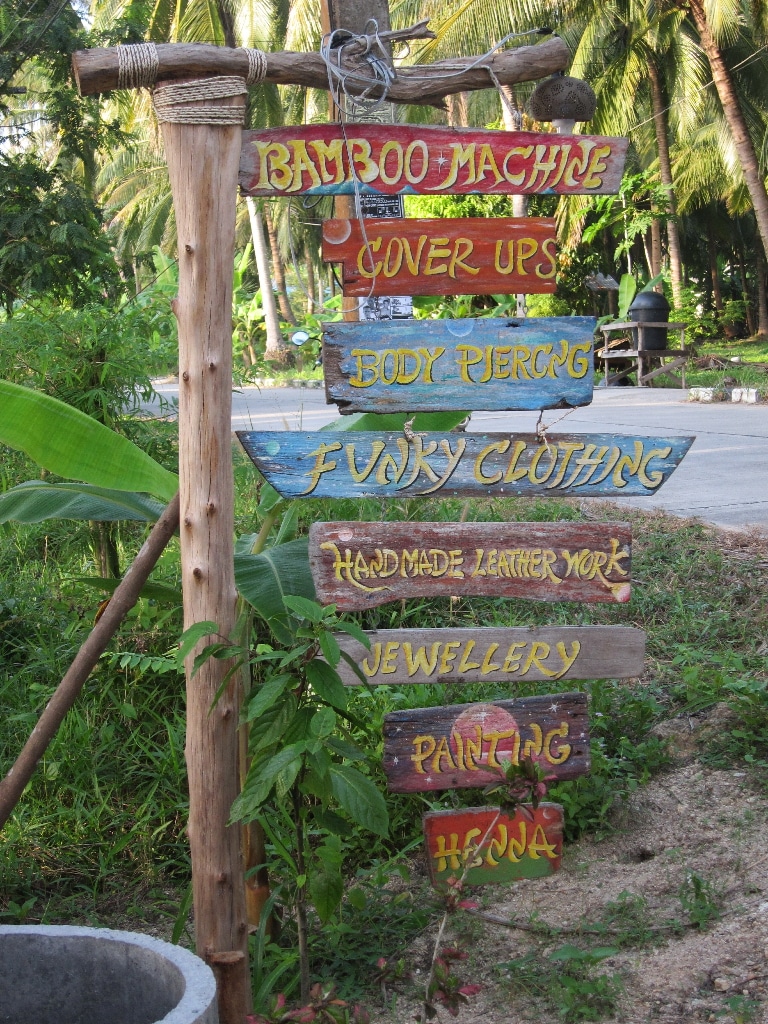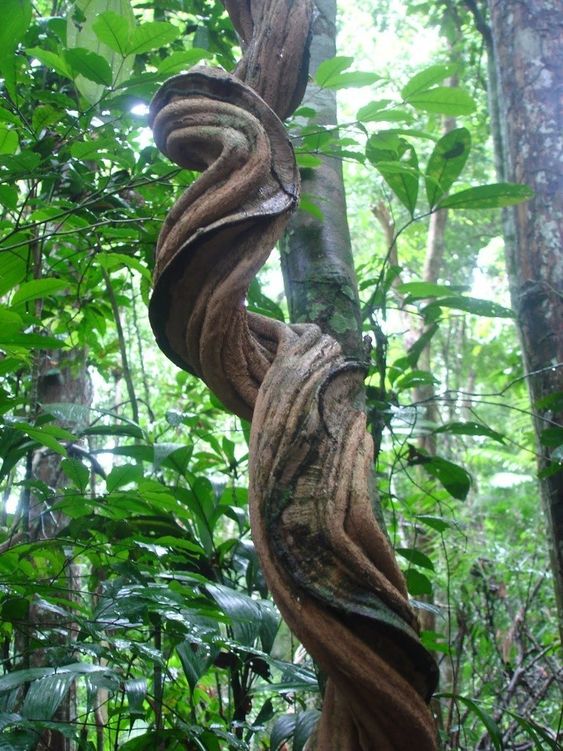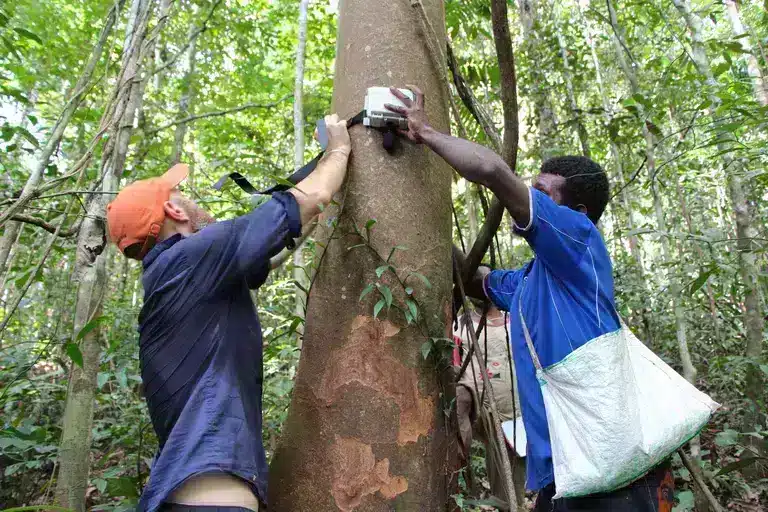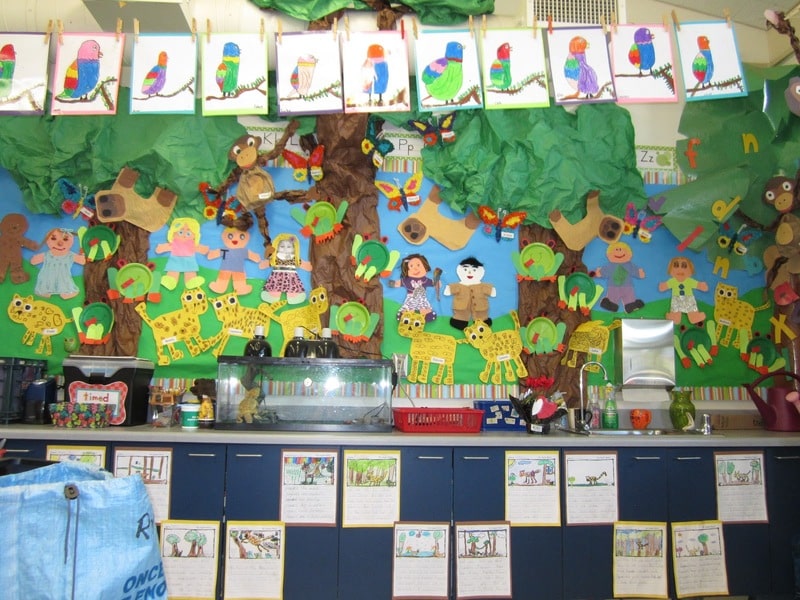Contents
- 1 Captivating Rainforest Art: Embrace Nature’s Canvas
- 2 Volunteers in Costa Rica
- 2.1 About Volunteers in Costa Rica | Rainforest Art and Decoration | near Puerto Viejo
- 2.1.1 Volunteers in Costa Rica | Rainforest Art – Trail Markers
- 2.1.2 Volunteers in Costa Rica | Rainforest Art – Environmental Sculptures
- 2.1.3 Volunteers in Costa Rica | Rainforest Art – Nature-inspired murals
- 2.1.4 Volunteers in Costa Rica | Rainforest Art – Interactive installations
- 2.1.5 Volunteers in Costa Rica | Rainforest Art – Educational Signage
- 2.1.6 Volunteers in Costa Rica | Art – Recycled Art en use of Organic Materials
- 2.2 What to expect and bring with you?
- 2.3 Location – Finca van Maare | Rainforest of Banaga, located between Puerto Limón and Puerto Viejo
- 2.1 About Volunteers in Costa Rica | Rainforest Art and Decoration | near Puerto Viejo
Captivating Rainforest Art: Embrace Nature’s Canvas
Volunteers in Costa Rica
About Volunteers in Costa Rica | Rainforest Art and Decoration | near Puerto Viejo
There are many different art projects that could be implemented in a rainforest setting that incorporates trails, camping, sports, barbeque areas, signage, and walkways.
This project is for volunteers in Costa Rica with the creative minds. For example:
- Trail markers: Install artistic trail markers along the hiking trails that guide visitors through the rainforest. These could be sculptures or other forms of art that blend in with the environment, helping visitors navigate the trails while also enhancing the natural beauty of the rainforest.
- Environmental sculptures: Create large-scale sculptures or installations that reflect the beauty and fragility of the rainforest ecosystem. These could be made from recycled materials, driftwood, or other sustainable materials.
- Nature-inspired murals: Paint murals on the walls of the camping areas, barbeque pits, and other facilities that showcase the flora and fauna of the rainforest. These could be realistic or abstract, depending on the style of the artist.
- Interactive installations: Install interactive art installations along the walkways that engage visitors in the natural environment. For example, a sound installation that mimics the calls of rainforest birds or an installation that lets visitors create their own leaf rubbings.
- Educational signage: Design and install educational signage throughout the rainforest that provides information about the flora, fauna, and ecosystem of the rainforest. These could be illustrated with beautiful artwork that complements the natural surroundings.
- Recycled art: Host a community art project that encourages visitors to create art from recycled materials found in the rainforest. This could be a fun and creative way to raise awareness about environmental conservation.
- Photography exhibitions: Host photography exhibitions that showcase the beauty of the rainforest and the different experiences visitors can have while exploring it. These could be displayed along the walkways or in the camping areas.
These are just a few ideas to get started. The possibilities for art projects in a rainforest setting are endless, and with a little creativity, it’s possible to enhance the natural beauty of the environment while also providing an enriching experience for visitors.

Volunteers in Costa Rica | Rainforest Art – Trail Markers
Volunteers in Costa Rica which use their skils to create art trail markers in the rainforest. Artistic trail markers can help visitors navigate the rainforest while also gain an understanding of the diverse plant and animal species.
Develop artistic designs that capture the essence of the rainforest and its inhabitants. Consider using vibrant colors, visually appealing illustrations, and informative text to educate visitors about the local ecology, endangered species, and conservation practices.
When creating the trail markers, prioritize the use of eco-friendly materials that are sustainable and non-toxic. Consider materials such as recycled wood, natural pigments, or eco-friendly paints to minimize environmental impact.
Your artistic trail markers can serve as a beautiful and educational way to connect people with the Costa Rica rainforest while raising awareness about its protection.
Artistic trail markers can help visitors navigate the rainforest while also providing educational and aesthetic value.

Volunteers in Costa Rica | Rainforest Art – Environmental Sculptures
Volunteers in Costa Rica which create environmental sculptures in the Costa Rica rainforest is a unique and creative way to contribute to conservation efforts while leaving a lasting impact on the environment.
Gain an understanding of the specific environmental issues affecting the Costa Rica rainforest. This knowledge will help you design sculptures that address and raise awareness about these concerns, such as deforestation, biodiversity loss, or climate change.
Consider areas where the artwork can have maximum visibility and impact.
When creating environmental sculptures, prioritize the use of sustainable and eco-friendly materials. Consider using natural or recycled materials, such as fallen branches, rocks, or reclaimed materials, to minimize your environmental footprint.
Create sculptures that convey environmental messages and tell a story. Consider incorporating elements of the rainforest ecosystem, endangered species, or sustainable practices into your designs. Your sculptures can serve as educational tools that inspire visitors to appreciate and protect the rainforest.
By creating environmental sculptures in the Costa Rica rainforest, you can combine your artistic skills with environmental advocacy to raise awareness about important issues and promote a deeper connection to nature.

Volunteers in Costa Rica | Rainforest Art – Nature-inspired murals
The createation of nature-inspired murals by Volunteers in Costa Rica in the rainforest is a wonderful way to combine art, conservation, and community engagement.
Consider areas where the murals will have high visibility and impact, such as visitor centers, community spaces, or along popular trails.
Gain knowledge about the diverse plant and animal species found in the Costa Rica rainforest. This understanding will help you design murals that accurately depict the local biodiversity and highlight its importance.
Develop artistic concepts that celebrate the beauty of nature, promote conservation, and educate viewers about the rainforest ecosystem. Consider incorporating vibrant colors, intricate details, and engaging imagery to captivate the audience and convey your message.
Choose paints and materials that are eco-friendly and non-toxic, minimizing any negative impact on the environment. Consider using water-based paints or natural pigments whenever possible.Develop a plan for regular inspection, cleaning, and potential touch-ups to ensure the longevity of your artwork.
Creating nature-inspired murals in the Costa Rica rainforest allows you to merge art and conservation, leaving a lasting impact on both the environment and the local community. Through these murals, you can inspire appreciation for nature, promote conservation values, and enhance the overall experience of visitors in the rainforest.

Volunteers in Costa Rica | Rainforest Art – Interactive installations
Volunteers in Costa Rica which create interactive art installations in the is a fantastic way to engage visitors, promote environmental awareness, and foster a deeper connection with nature. Consider areas with high visitor traffic, such as entrance points, visitor centers, or along popular trails.
Concept Development: Develop artistic concepts for interactive installations that encourage visitor participation, exploration, and learning. Consider incorporating elements such as sensors, sound, light, or interactive displays that evoke curiosity and inspire environmental stewardship.
Ensure that your interactive installations have an educational component. Incorporate informative signage or digital displays that provide insights into the rainforest ecosystem, biodiversity, conservation efforts, or sustainable practices.
Use Sustainable Materials: Prioritize the use of eco-friendly and sustainable materials in your installations. Consider using natural and recycled materials, such as wood, rocks, or locally sourced resources, to minimize the environmental impact.
Develop a maintenance plan to ensure the ongoing functionality and attractiveness of your interactive installations. Regularly inspect the installations, make necessary repairs, and update content to keep them engaging and relevant.
Interactive art installations in the Costa Rica rainforest offer a unique opportunity to create immersive and educational experiences for visitors. By combining art, technology, and environmental education, you can inspire a sense of wonder, foster appreciation for nature, and encourage sustainable practices in the rainforest.

Volunteers in Costa Rica | Rainforest Art – Educational Signage
Volunteering to create educational signage specifically designed for children on school tours in the Costa Rica rainforest is a wonderful way to engage young learners and foster their appreciation for nature.
Reach out to local schools, educational institutions, or conservation organizations in Costa Rica that organize school tours to the rainforest. Express your interest in creating educational signage for children and discuss potential opportunities for collaboration and support.
Familiarize yourself with the age range, educational level, and specific learning objectives of the children who will be going on the school tours. This understanding will help you tailor your educational signage to their needs and interests.
Create visually appealing signage that captures the attention of children. Incorporate colorful illustrations, fun facts, interactive elements like pull tabs or flip cards, and age-appropriate language to make the information accessible and engaging.
Identify key topics related to the rainforest and its conservation that are relevant to children. These could include biodiversity, specific plant and animal species, ecosystem dynamics, sustainable practices, or the importance of preserving the rainforest. Ensure the content is presented in a way that is easily digestible for young learners.
Adapt the language and tone of the educational signage to suit the age group of the children. Keep the content concise, clear, and free of jargon, using words and phrases that are familiar to the target audience.
Include interactive activities that encourage hands-on learning and experiential engagement. This could involve puzzles, quizzes, or tactile elements that allow children to explore and interact with the signage.
Involve teachers, educators, and even the children themselves in the design process. Seek their feedback and input to ensure that the signage effectively meets the learning objectives and engages the young audience.
Costa Rica attracts visitors from around the world, so consider incorporating bilingual content, such as English and Spanish, to accommodate international students and visitors.
Collaborate with the organizers of school tours to ensure that the educational signage is strategically placed along the tour route, allowing children to interact with the signage at appropriate points during their visit.
By creating child-friendly educational signage, you can inspire a love for nature, environmental awareness, and a sense of stewardship among young learners exploring the Costa Rica rainforest.

Volunteers in Costa Rica | Art – Recycled Art en use of Organic Materials
Volunteers in Costa Rica to create art in the rainforest using recycled materials and organic rainforest plants and wood is a sustainable and eco-friendly approach.
Express your interest in creating art using recycled materials and organic rainforest resources and explore opportunities for collaboration and support.
Educate yourself about sustainable art practices, including techniques for sourcing, processing, and repurposing materials.
Collect Recycled Materials and Engage in beach clean-ups, community recycling programs, or partner with local businesses to collect recyclable materials such as plastic, glass, or metal. These materials can be incorporated into your art pieces, reducing waste and promoting recycling.
Harvest Organic Rainforest Plants and Wood Responsibly: If you plan to use organic rainforest plants or wood in your art.
Create designs that incorporate the recycled materials and organic rainforest resources you have gathered. Consider the natural shapes, textures, and colors of the materials to guide your artistic vision.
Your art can depict rainforest themes, endangered species, or the beauty of nature.
Accompany your art installations with informative signage or educational materials that highlight the importance of recycling, responsible resource use, and rainforest conservation. This allows visitors to connect with the art on a deeper level and fosters environmental awareness.
What to expect and bring with you?
Enjoy the Jungle, ‘Take a Dip’ in the River and Have Fun!
Volunteers who have the opportunity to enjoy a rainforest swim in the river can experience a range of benefits, both physical and mental. Here are some potential benefits:
- Refreshing and rejuvenating: Swimming in a natural river within the rainforest can provide a refreshing and invigorating experience. Cool water can help relieve stress and revitalizes the body and mind.
- Connection with nature: Rainforests are incredibly diverse and beautiful ecosystems. By swimming in the river, volunteers can immerse themselves in the natural environment, fostering a deeper connection with nature and gaining a greater appreciation for its beauty.
- Physical exercise: Swimming is an excellent form of exercise that engages the entire body. It helps strengthen muscles, improve cardiovascular health, and enhance overall fitness levels. The resistance of the water provides a low-impact workout, making it suitable for people of different fitness levels.
- Stress relief: Being in nature, surrounded by the sights and sounds of the rainforest, can have a calming effect on the mind. Swimming in the river allows volunteers to unwind, escape from daily pressures, and experience a sense of tranquility.
- Mental well-being: Engaging in outdoor activities like swimming in the rainforest river promotes mental well-being. It can boost mood, increase happiness, and reduce symptoms of anxiety and depression. Being in a peaceful natural environment can also help clear the mind and enhance mental clarity.
- Wildlife encounters: Rivers in the rainforest are often home to various wildlife species. While swimming, volunteers may have the opportunity to observe and interact with unique aquatic plants, fish, birds, or other creatures, creating unforgettable moments and fostering a deeper connection with the natural world.
- Educational experience: Exploring the river ecosystem firsthand provides valuable educational opportunities. Volunteers can learn about the various plant and animal species that depend on the river, gaining insights into the delicate balance of the rainforest ecosystem and the importance of conservation efforts.
- Adventure and fun: Swimming in a rainforest river can be an exciting and adventurous experience. Volunteers can enjoy the thrill of discovering hidden pools, jumping off rocks into the water, or simply floating along the gentle currents. It offers a break from routine and allows for moments of joy and fun.
- Improved sleep: Physical activity and exposure to nature during a rainforest swim can contribute to better sleep quality. The combination of exercise, fresh air, and a calming environment can help regulate sleep patterns and promote a restful night’s sleep.
Remember to follow any safety guidelines and regulations in place when swimming in a rainforest river, and be mindful of the environmental impact to ensure the conservation of these precious ecosystems for future generations.
What To Bring with You?
If you’re planning to do volunteer work in Costa Rica, it’s important to pack the right items to make your experience comfortable and productive. Here are some essentials to consider bringing with you:
- Clothing: Costa Rica has a tropical climate, so lightweight, breathable clothing is a must. Pack clothes that dry quickly and wick away sweat, such as moisture-wicking shirts, shorts, and pants. Be sure to pack a rain jacket, as the country has a rainy season. Also, bring comfortable shoes suitable for the type of volunteer work you’ll be doing, such as closed-toe shoes for construction or gardening work.
- Sun protection: Don’t forget to bring a hat, sunglasses, and sunscreen to protect yourself from the intense sun. A high SPF sunscreen (at least 30) is recommended.
- Insect repellent: Mosquitoes and other insects can be prevalent in some areas of Costa Rica, so it’s a good idea to bring insect repellent with DEET or a natural alternative.
- Medications and first aid kit: If you take any prescription medications, make sure you bring enough to last for the duration of your stay. Also, bring a first aid kit with basic supplies such as band-aids, antiseptic, and pain relievers.
- Water bottle: To stay hydrated during volunteer work in the tropical climate, bring a reusable water bottle that you can refill throughout the day.
- Electronics: Bring a camera to capture your experiences and a charger for your electronic devices. Be sure to bring a plug adapter if your devices require one.
- A bit of cash. While many places in Costa Rica accept credit cards, it’s a good idea to have some cash on hand for smaller purchases, and ATM’s are located in the cities of Limon and Puerto Viejo.
- Spanish phrasebook: Even if you speak some Spanish, it can be helpful to have a phrasebook to communicate with locals and other volunteers.
- Flashlights, on battery or LED, and a power bank to charge your phone or Led Flashlights. The Powerbank can be charged at the local super market, beyond the river.
Remember to pack light, as you may need to carry your luggage during your volunteer work in Costa Rica. And do not bring expensive clothing into the jungle, as you do not need it.
What Is Included during your stay?
During your stay by volunteers in Costa Rica, the following is included:
- Camping Accommodation (jungle wood construction platform from the ground), with sheltered metal roof Construction (tent can be arranged), or bring your own new basic shelter tent (which will be refunded if new, if leave this after your project). The camping under development has sanitair facilities (shower and toilets).
- Main meal Costa Rica dinner with Rice, Bean, Chicken and Fresh Vegetables and Fruits.
- All organic farm and jungle ingredients for other meals, rice and beans (you can cook in community kitchen), except meat and your personal needs (you have to buy yourself, like candy, a beer or for example a soda). Supermarkets are within reasonable reach, accross the river. You can only pay cash in most of the local supermarkets, bars and restaurants. It is not an arban area.
- Use of group accomodation, kitchen facilitites (jungle style), and cooking the old fashioned way. You Have to make your own fire, we have instuctors, to help and teach you.
- Fresh water source (which is pure and 100% controlled), with unlimited fresh drinking water.
- Enjoy the primary and secondary Rainforest, it’s nature and wildlife.
- Your own, private, river, the Bananito River, to swim and relax.
What to take into account | remote location?
Although the Rainforest of Banago, close to Bananto Sur, is split by a river, to village life, and within good walking distance there is a bar, restaurant, you have to take into account:
- Area is quite remote. Although the public transportation systems Costa Rica is safe and well controlled, you will need a local cab driver, to go to the bus station, with buses to Limon or Puerto Viejo and Cahuita. For approximately $3 till $5, you will be brought to center mall or the main road, with Public Transportation, which is reliable and safe. This is the cheapest way.
- You will never be alone. It is private territory and protected rainforest, and there is always one the experienced tour guides, owners or local rangers, be present and reachable, in case of emergency.
- The rainforest in Banaga is quite remote, so internet access is limited. A local phone card, with Kolbi, is enough, when you cross the river, but do not exect high quality internet. It is a remote area. Except in particular for Wildlife Biologist, you have to establish a connection yourself.
Location – Finca van Maare | Rainforest of Banaga, located between Puerto Limón and Puerto Viejo
The Location of ‘Finca van Maare’ is in the Rainforest of Banaga, close to the village of Bananito Sur. Located in the Province of Limón in Costa Rica, between Puerto Limón and Puerto Viejo.
[Google Maps]
More information about Finca van Maare